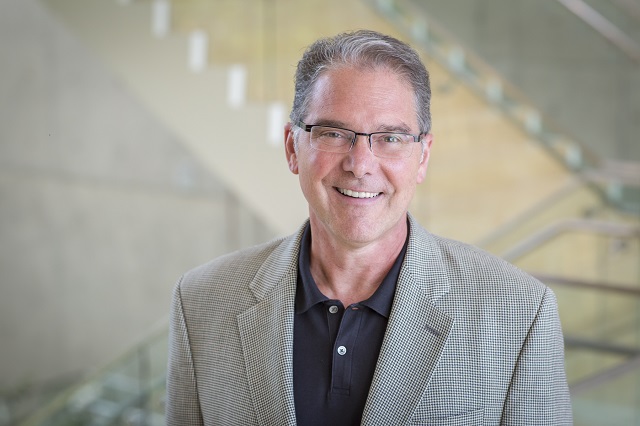Recognizing the Potential for Implementing a MOOC Program at Esri
David DiBiase is Director of Esri’s Education Outreach team and former Director of the John A. Dutton e-Education Institute at Pennsylvania State University. I recently had the opportunity to chat with David about the importance of offering Massive Open Online Courses (MOOCs) as part of Esri’s well-established education program. In part I of our discussion, David talks about first recognizing the potential for implementing a MOOC program at Esri.
Baumann: You recently introduced MOOCs to Esri’s education program. Tell me how this came about.
DiBiase: Well, it wasn’t just me. I had the idea, but nothing would have come of it without the cooperation of leaders and staff members across the company.
We’ve followed the lead of several higher education institutions that introduced MOOCs about maps and GIS. The largest of those so far is “Maps and the Geospatial Revolution” offered by Penn State through Coursera. Students in that MOOC indicated that they wanted to learn more about this subject, and that spatial analysis was the topic they most wanted to explore. The primary audience we had in mind was tech-savvy young professionals who are familiar with data analysis and want to learn more about the special capabilities of spatial data analysis.

When I arrived at Esri in 2011, it wasn’t clear how we could do that. Then MOOCs came along in 2012 and revealed a global mass market for free online education. This phenomenon provided the channel we needed to reach learners beyond the disciplines that traditionally include mapping and GIS in their curricula. I had a lot of experience in online teaching and learning from my years at Penn State, and Esri too had experience with web courses since the 1990s, so MOOCs seemed like a natural next step.
Baumann: How did you determine that a MOOC would fit into Esri’s existing education program?
DiBiase: Esri’s education enterprise is diverse, and is spread across the entire company. For the most part, however, our education offerings serve people who already use our technology. What’s new about MOOCs is that they provide a way to engage with people who are curious about the power of spatial thinking and geospatial technologies, but who may not be GIS users or even have heard of Esri.
Most higher education institutions use our ArcGIS platform to some extent. In fact, 70 percent of the top 400 universities in the world (as ranked by the Times of London) maintain Esri education site licenses. However, in many institutions, GIS is concentrated in a few academic departments and administrative units. Most college students never encounter GIS during their prescribed courses of study. My team has struggled for years to encourage adoption of the geographic approach across the college curriculum. MOOCs provide a way to engage thousands of current students and recent graduates across a broad spectrum of disciplines who seek a competitive edge in the job market, or who are simply curious about the technology. This is a new channel for Esri.
—–
In Part II of our interview, David discusses how he developed the support he needed to implement the MOOC program at Esri. In Part III, he talks about the future of the MOOC program at Esri.
